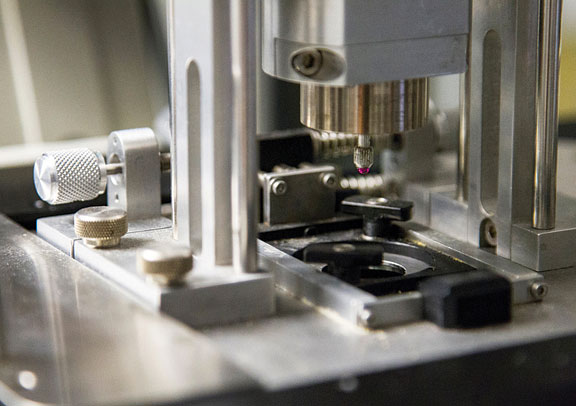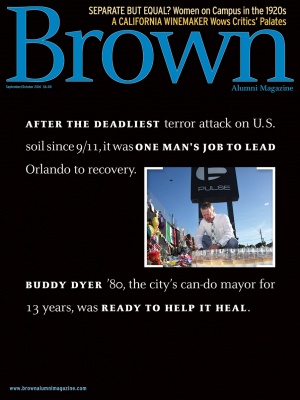A team of Brown researchers has been able to watch in real time what happens to neurons after a simulated blow to the head. Their findings, published in the journal Scientific Reports, could help scientists understand how traumatic brain injury (TBI) unfolds at the cellular level.

Scientists built a custom laboratory device that uses a hydraulic piston to compress rat neurons inside 3-D cell cultures while a powerful laser-scanning microscope continuously monitors changes in cell structure.
“This is the first study that applied this kind of strain to brain cells and followed them over time,” says Christian Franck, an assistant professor of engineering and the paper’s corresponding author. “We’re excited because we can finally get some concrete information about when cells start to degenerate, when they die, and what the process looks like.”
The study found that, after a compression event with forces similar to those involved in TBI, neurons take about six hours to develop irreparable structural damage. That suggests there may be a window for therapeutic intervention aimed at minimizing further damage, Franck says.
The study also found two different types of structural damage in cells after compression. Scientists already look for one of them when investigating TBI, but the second type has not been previously associated with concussions. That suggests researchers may be underestimating the full extent of TBI damage in some cases.
“We hope that this work provides some fundamental guideposts for future research on TBI,” Franck says. “Once we understand how this works at a basic cellular level, then we can start to think about adding the complexity back in and understanding how it works in the brain.”
Franck and his colleagues are also interested in using their device to evaluate possible therapeutic measures. “The nice thing is we have a very well-controlled system to cause injury that can also be used to evaluate therapeutic interventions,” Franck says. “We can inject drugs into the culture, for example, and see how the cells respond.”





